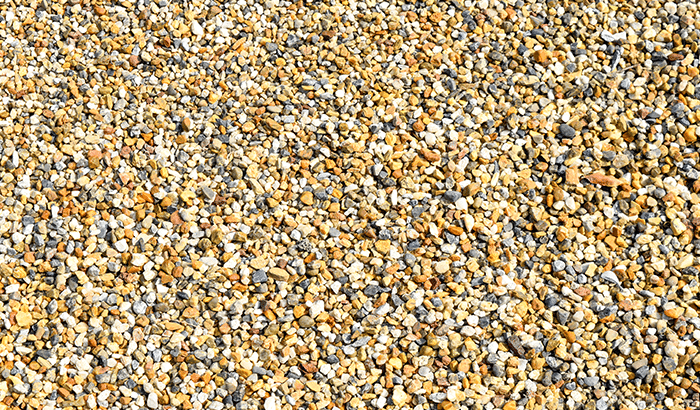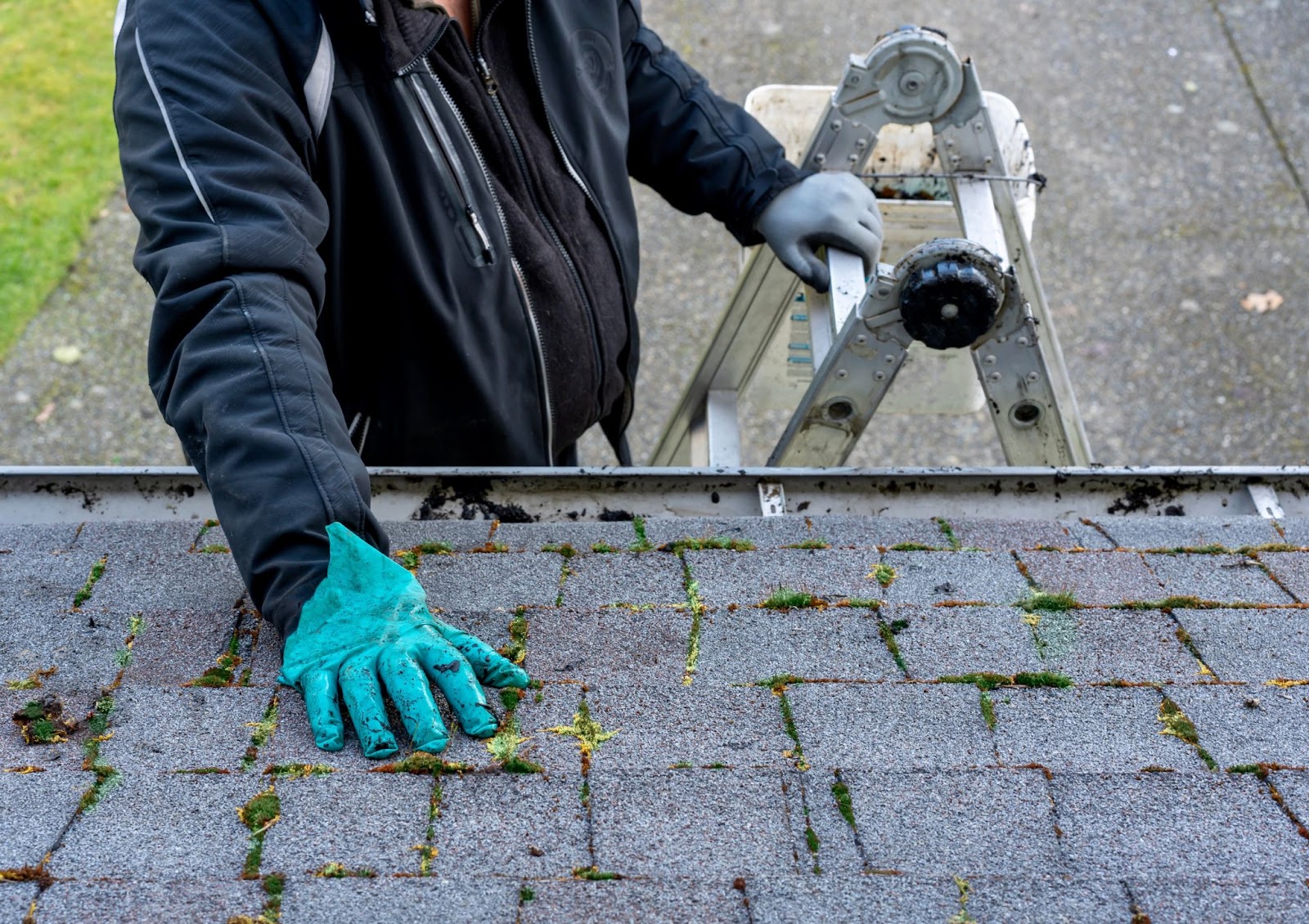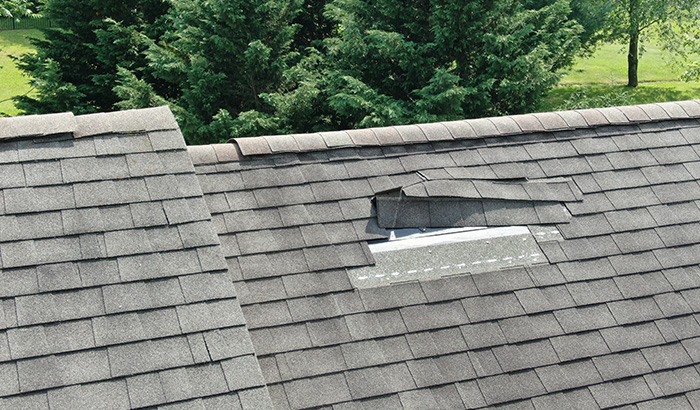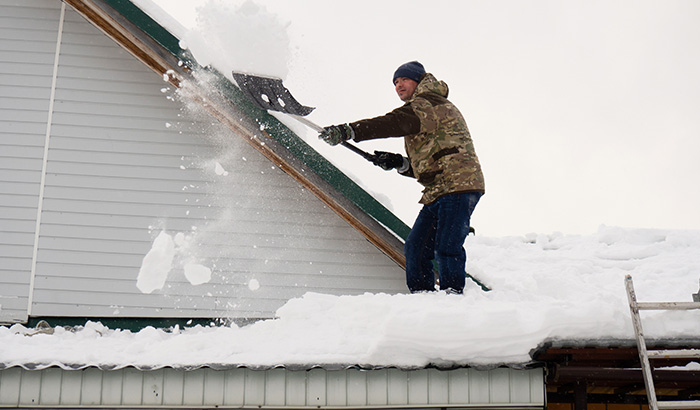Shingle granules are an essential component of your property’s roof and play a vital role in its health and functionality.
Typical asphalt shingles are composed of three layers: backing material, asphalt, and, lastly, a layer of granules. These granules may just look like a decorative addition to your shingles, but there’s a bit more to them. The granules are responsible for giving asphalt shingles certain features like color and reflective and energy-efficient properties. A loss of these granules can tell you a lot about the health and lifespan of your roof.
Learn more below.
What Are Shingle Granules?
Roofing granules are made from crushed minerals and rock. They were first added to shingles in the early 1900s and were primarily used for added durability. Copper is included in the granules to keep algae from growing for some time and reduce damage from ultraviolet light. Today’s advanced manufacturing techniques allow roofing manufacturers to make asphalt shingles in just about any size, color, and shape.
Why Do Shingle Granules Matter?
As previously mentioned, roofing granules are an essential component of shingles. They give your roof the ability to shed water, provide UV resistance, added fire resistance, and durability. With granules, your roof could work as effectively or efficiently, and its lifespan would be significantly less. Granule loss can indicate shingle deterioration and the need for repair or replacement. Homeowners need to understand these functions and know-how to spot granule loss, so a roofing professional can be brought in.
What Causes Shingle Granules to Loosen?
With time, it’s typical (and expected) for your shingles to lose some granules. Time and age share the number one cause of granule loss. Other factors that increase this loss include intense wind storms and large jumps between cold and hot temperatures. As shingles lose more granules, they begin to dry out quickly because they cannot reflect the sun as effectively, resulting in the shingle aging prematurely.
How to Spot When Your Shingles Are Losing Granules
Thankfully, spotting when your roof starts losing granules is relatively easy. Walk around the perimeter of your house and examine the areas below downspouts for deposits of granules after a rainstorm. Or you can grab a ladder and carefully climb it to inspect inside your gutters. While you’re up there, you can look at your shingles. If you see more asphalt than you do granules, it is probably time to have a trusted roofer come out and take a look.
Contact We Do Roofing SLC Today!
If you notice that your roof is losing shingle granules, it’s time to contact the roof experts at We Do Roofing SLC. Our licensed and insured roofers provide expert roof jobs and have more than 20 years of experience.
Whether you need an all-new roof or require simple roof repairs for your residential or commercial property, our team is here to help. We serve Salt Lake City, Murray, West Jordan, West Valley City, and surrounding cities across the Wasatch Front. Contact We Do Roofing SLC now for your quick quote.





